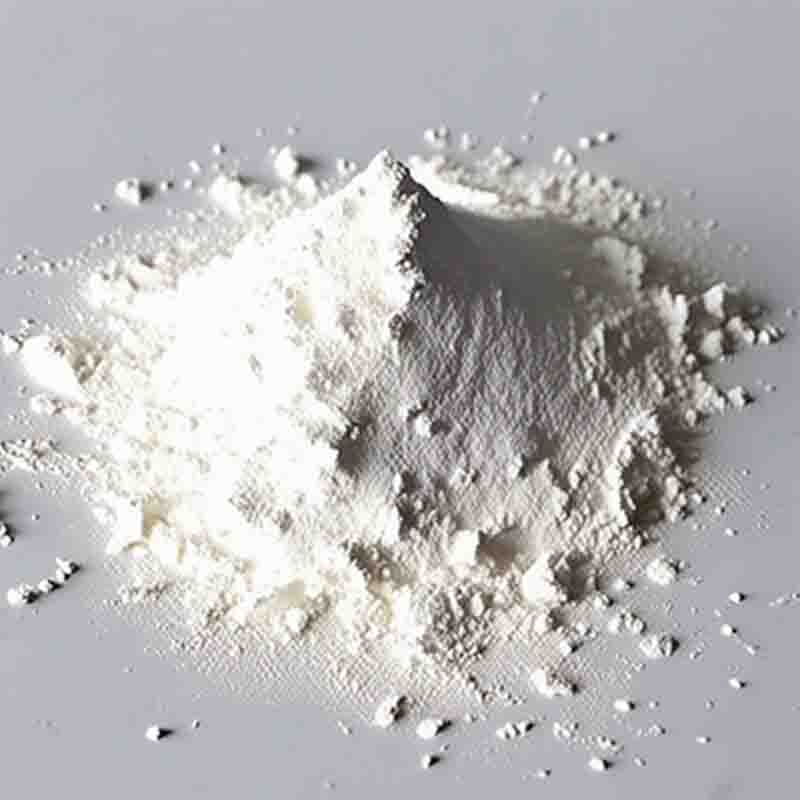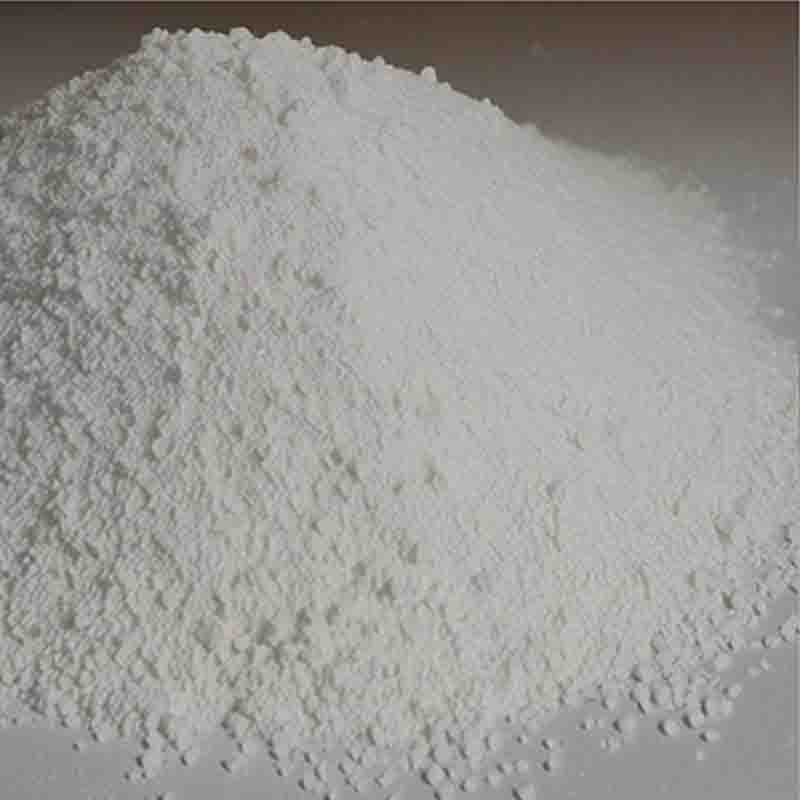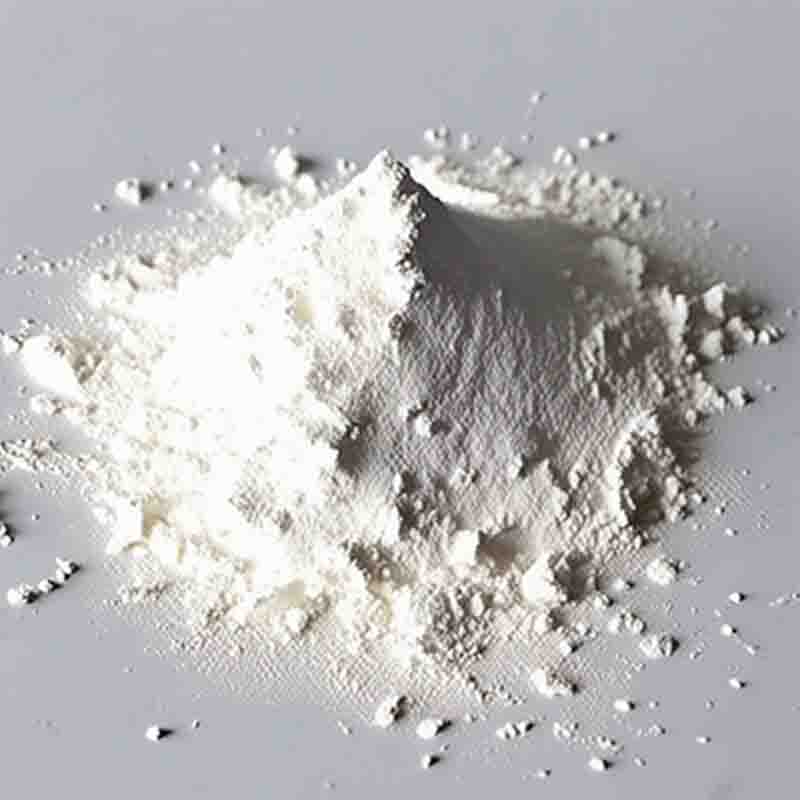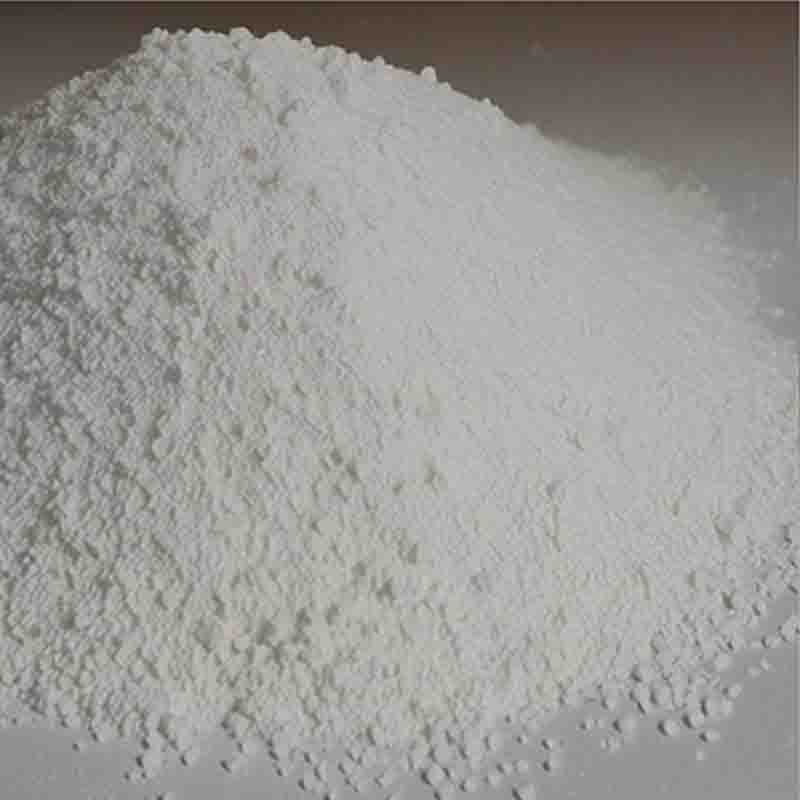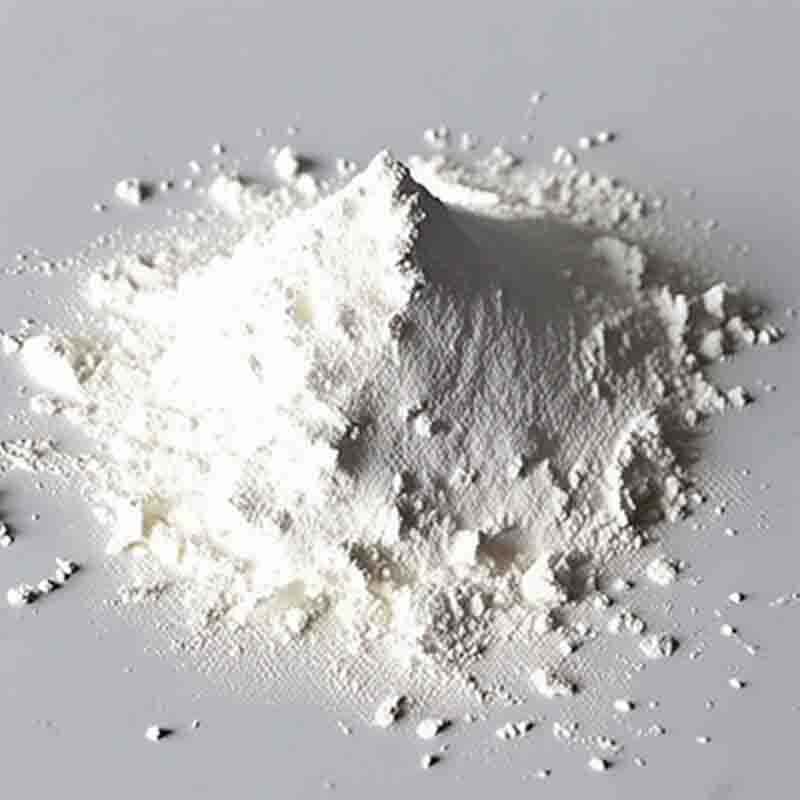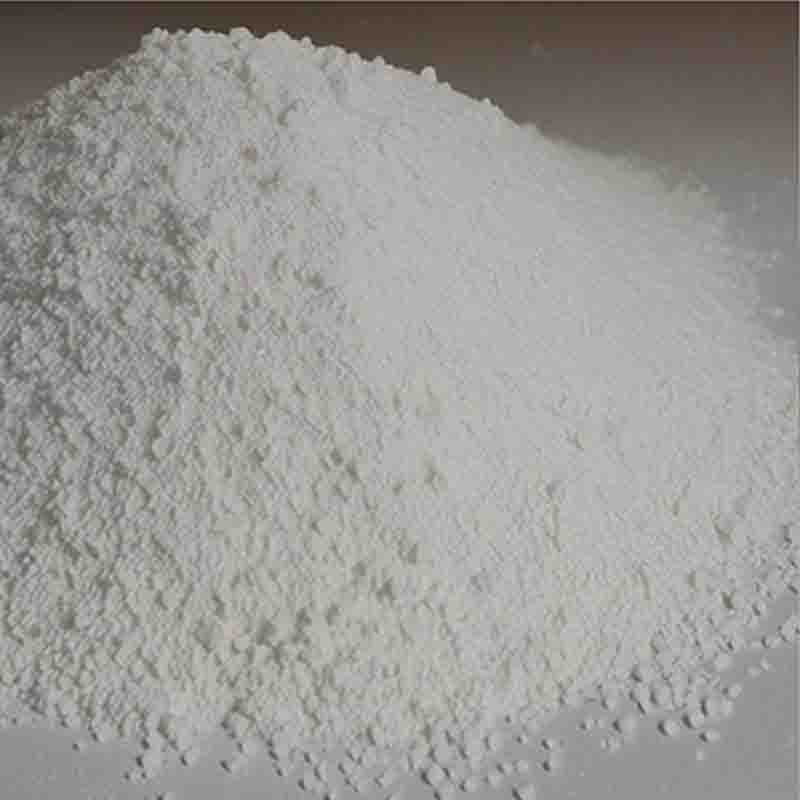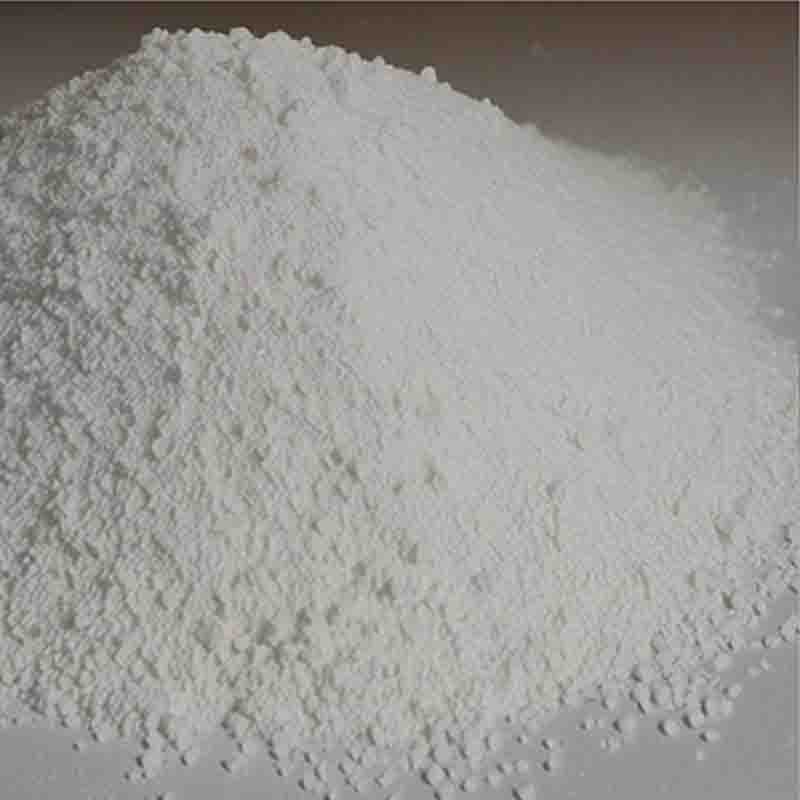2-Chloro-3-amino-4-methylpyridine CAS:133627-45-9
| Catalog Number | XD95317 |
| Product Name | 2-Chloro-3-amino-4-methylpyridine |
| CAS | 133627-45-9 |
| Molecular Formula | C6H7ClN2 |
| Molecular Weight | 142.59 |
| Storage Details | Ambient |
Product Specification
| Appearance | White powder |
| Assay | 99% min |
2-Chloro-3-amino-4-methylpyridine is a chemical compound with various effects and potential applications due to its unique structure and properties. In this text, we will explore some of the key characteristics and effects of this compound.One of the notable effects of 2-Chloro-3-amino-4-methylpyridine is its potential as a pharmaceutical agent. It has been found to exhibit inhibitory effects on certain enzymes and receptors, making it a promising candidate for drug development. Researchers have studied its potential in the treatment of diseases like cancer, inflammation, and neurological disorders. The compound's ability to interact with specific molecular targets in the body makes it an interesting compound for further investigation.Additionally, 2-Chloro-3-amino-4-methylpyridine has shown antimicrobial activity. It has been studied for its potential to inhibit the growth of bacteria and fungi. This property makes it a valuable compound in the development of antimicrobial agents and topical formulations for various applications, such as in healthcare and personal care products.Furthermore, this compound has demonstrated its utility as a building block or intermediate in organic synthesis. Its unique structure allows it to serve as a precursor for the creation of more complex molecules with desired properties. Researchers have utilized 2-Chloro-3-amino-4-methylpyridine as a starting material to synthesize compounds for diverse applications in fields like pharmaceuticals, materials science, and agrochemicals.Moreover, 2-Chloro-3-amino-4-methylpyridine has been explored for its potential as a corrosion inhibitor. Corrosion is a major challenge in various industries, and finding effective inhibitors is crucial in preventing material degradation and extending the lifespan of structures and equipment. Studies have shown that this compound can significantly reduce the corrosion rate of metals, making it a potential candidate for corrosion control applications.It is important to note that the effects and applications of 2-Chloro-3-amino-4-methylpyridine may vary depending on the specific context and concentration used. Moreover, further research is necessary to fully understand its mechanisms of action, optimize its properties, and assess its safety and efficacy in different applications.In conclusion, 2-Chloro-3-amino-4-methylpyridine possesses several effects and potential applications, including its potential as a pharmaceutical agent, antimicrobial activity, utility in organic synthesis, and corrosion inhibition properties. Ongoing research is crucial to fully explore its potential benefits, understand its mechanisms of action, and optimize its application in various fields.


